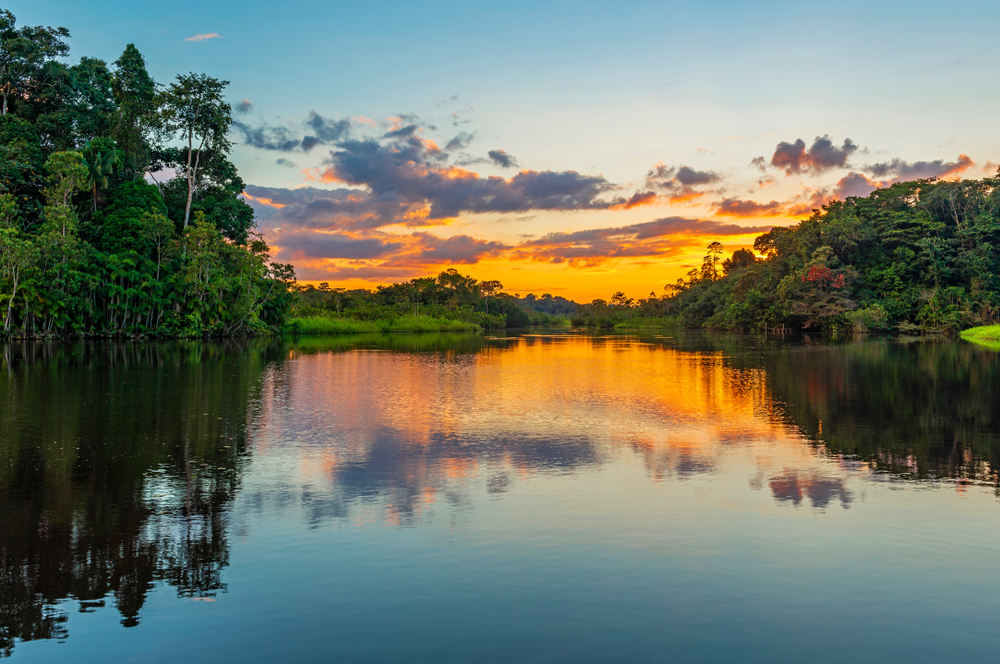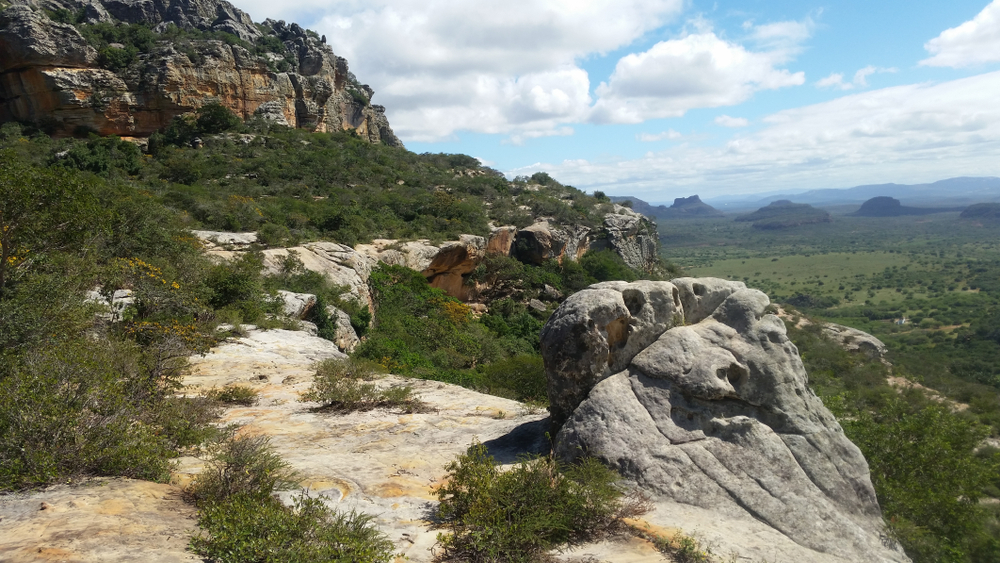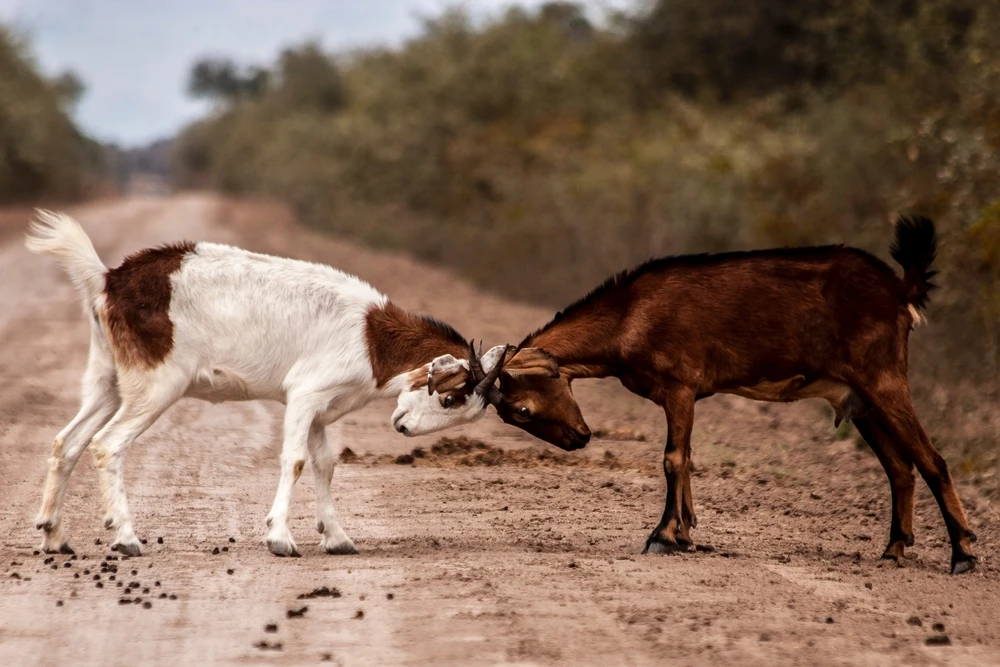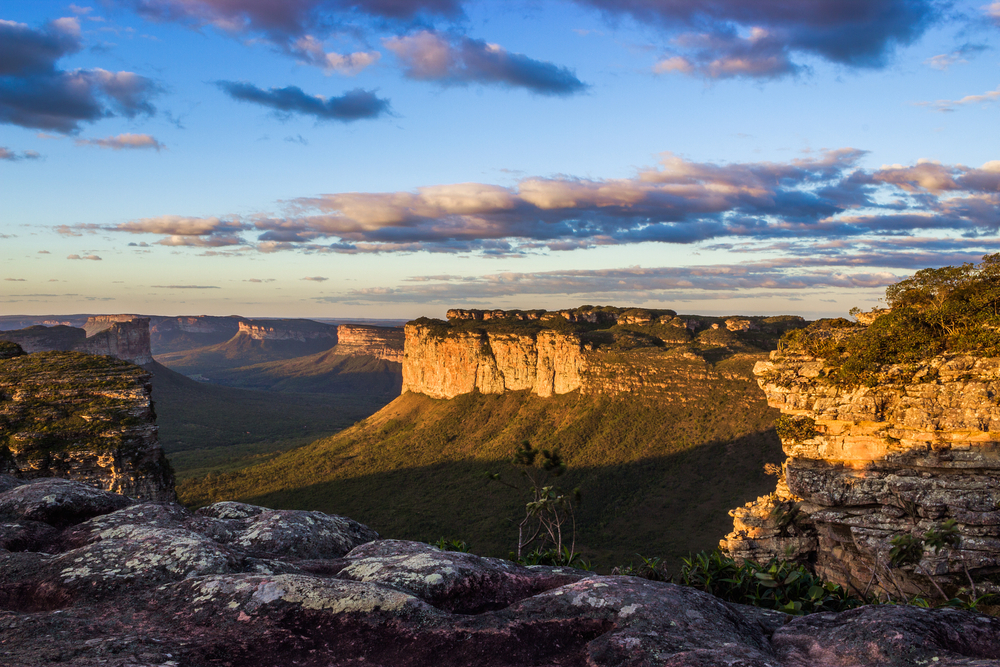Furna Feia Overview
Furna Feia National Park, known locally as Parque Nacional da Furna Feia, is located in the northeastern Brazilian state of Rio Grande do Norte. Covering an area of approximately 33.4 square miles (86.1 square kilometers), the park is situated near the municipalities of Mossoró and Baraúna.
Established in 2012, the park was created to protect an important segment of the Caatinga biome, which is unique to Brazil and characterized by its semi-arid climate and highly adapted flora and fauna. The name “Furna Feia” translates to “Ugly Cavern,” a curious name referring to the park’s most iconic feature, a large limestone cave system that has long fascinated locals and speleologists alike.
The terrain of Furna Feia National Park is marked by rugged limestone outcrops, dry plateaus, and depressions that form natural basins. These geological formations are heavily karstic, resulting in a complex network of caves and sinkholes, with the Furna Feia cave being the largest and most well-known.
The landscape is generally dry and covered with thorny scrub, low-growing trees, and cacti, all typical of the Caatinga ecosystem. Despite the aridity, the region supports surprising biodiversity thanks to these unique microhabitats formed by the caves and rocky terrain. Seasonal streams sometimes create temporary wetlands, briefly transforming the land during the rainy months.
Furna Feia is home to an array of wildlife adapted to the semi-arid conditions. Among the mammals, visitors might encounter the Brazilian three-banded armadillo, also known as the tatu-bola, which is endemic to the region. Other mammals include the crab-eating fox and the rock cavy.
Birdlife is also prominent, with species such as the Caatinga cacholote, spot-backed puffbird, and various tanagers frequently observed. Nocturnal cave-dwelling bats are abundant and play an important ecological role in the park, with several species roosting in the Furna Feia cave itself.
The park’s most popular feature is undoubtedly the Furna Feia cave, which extends over several kilometers and includes chambers filled with stalactites, stalagmites, and other limestone formations. The cave has archaeological and paleontological significance due to evidence of prehistoric human activity and fossil remains found inside.
Guided cave tours allow visitors to safely explore sections of this vast underground network. Above ground, the park offers trails that showcase native vegetation, scenic overlooks, and wildlife observation points, making it a popular destination for hikers, researchers, and ecotourists.
Visitors to Furna Feia National Park primarily engage with the park through guided hikes, birdwatching excursions, and cave exploration. Educational programs led by local conservation groups are increasingly integrated into visits, promoting awareness of the Caatinga biome and the importance of cave conservation.
The park is also used as a field site for scientific research on geology, biology, and climate adaptation.
Furna Feia faces several conservation challenges, including deforestation in surrounding areas, illegal hunting, and the degradation of cave habitats. However, the creation of the park marked a major success in protecting a rare ecosystem.
Ongoing collaborations between the Chico Mendes Institute for Biodiversity Conservation (ICMBio), local universities, and community groups have helped establish a solid foundation for sustainable management. Restoration projects and environmental education are central to maintaining the park’s ecological health, ensuring that Furna Feia remains both a natural sanctuary and a center for learning.


















































































